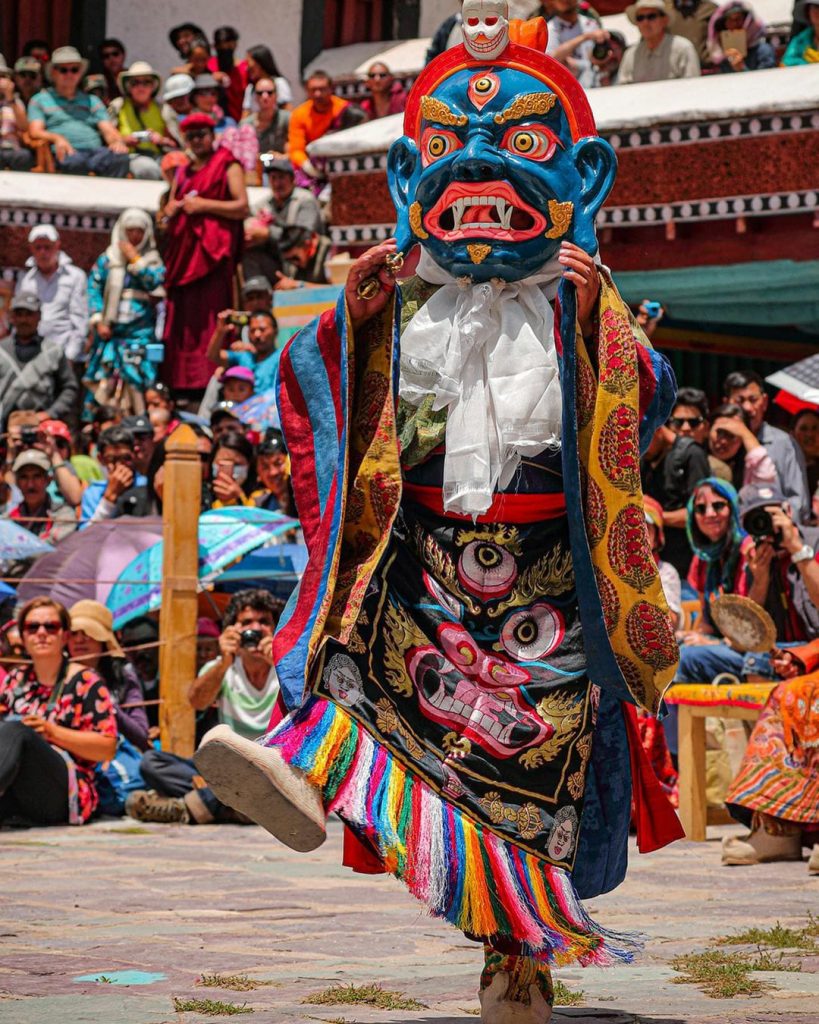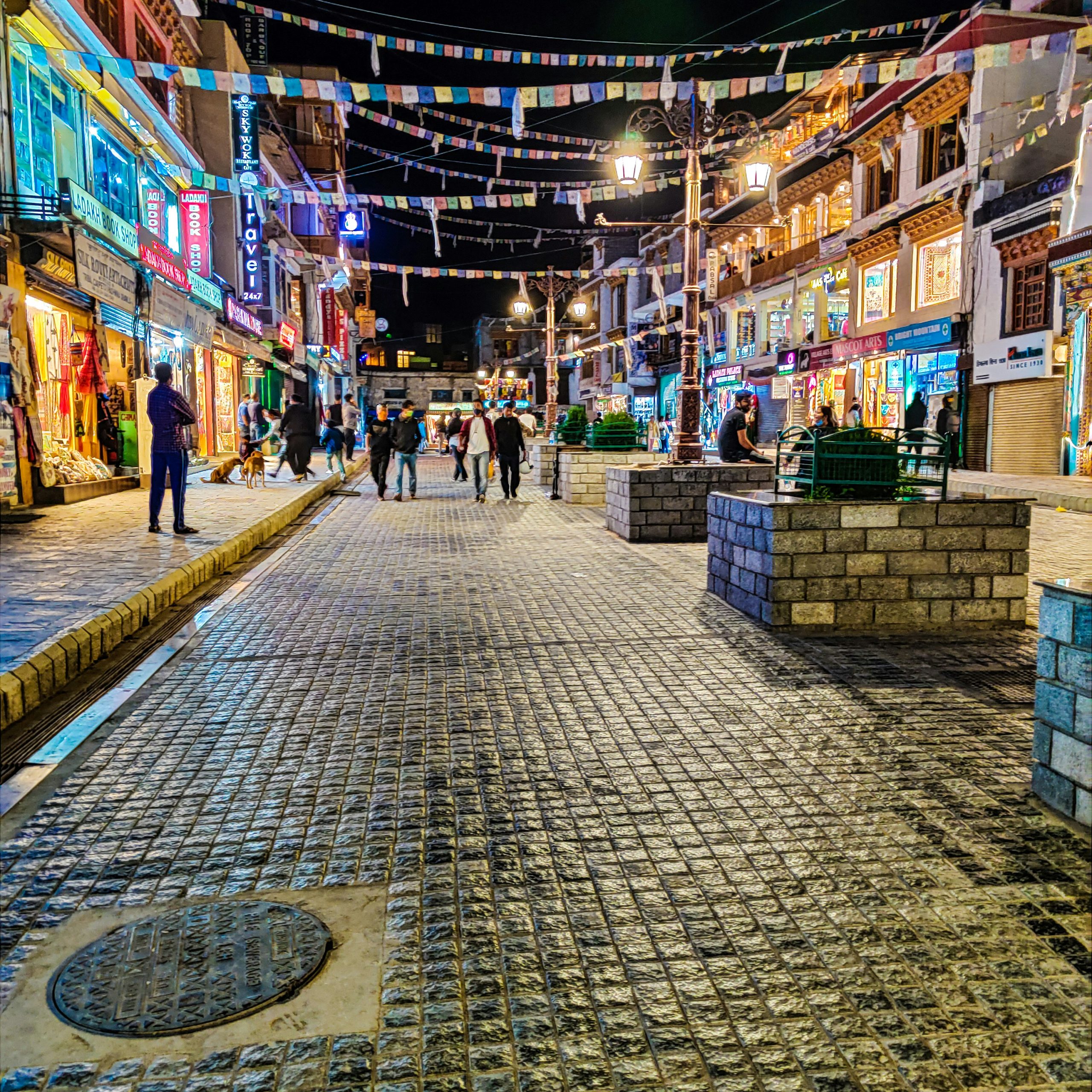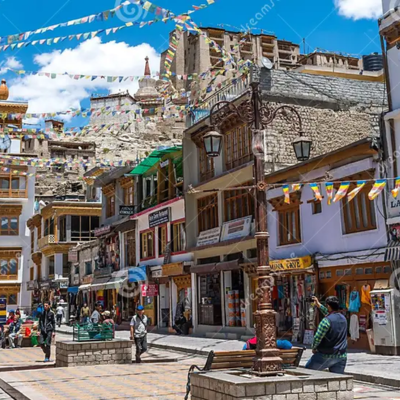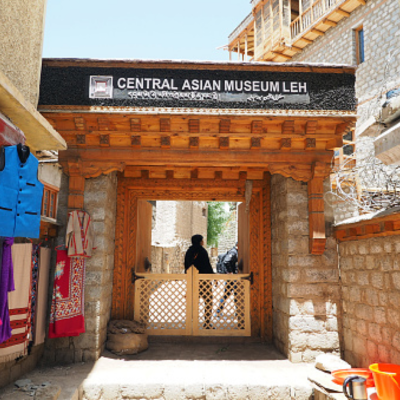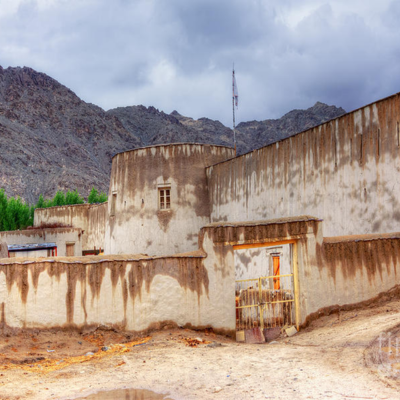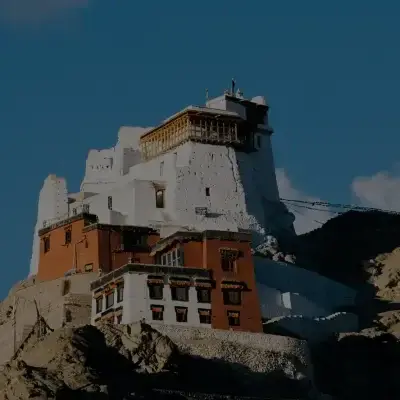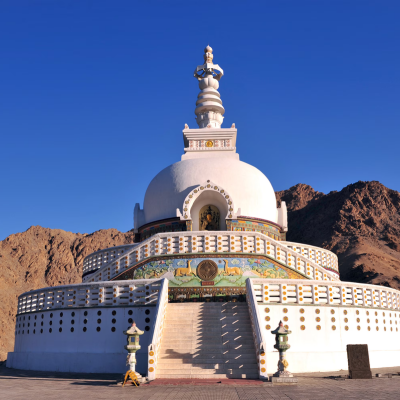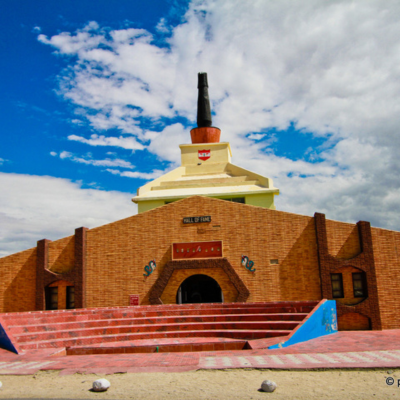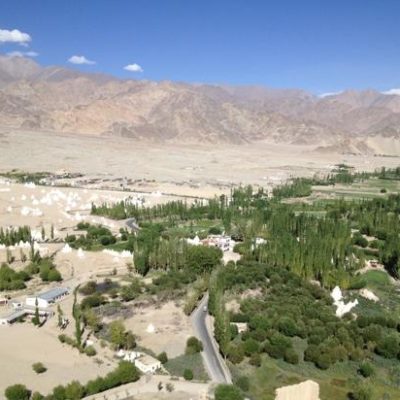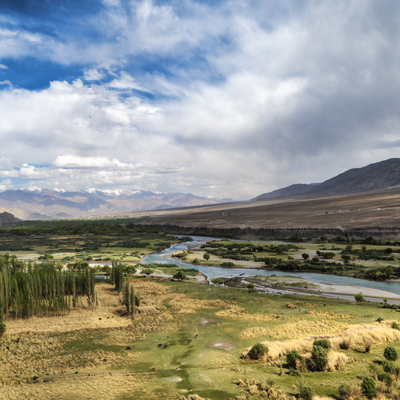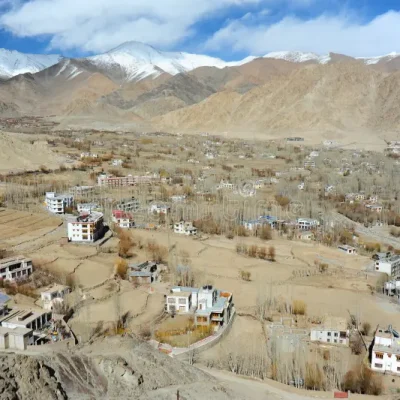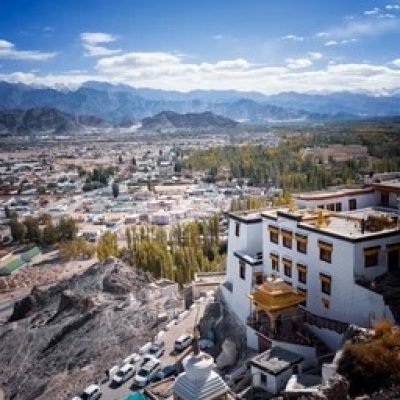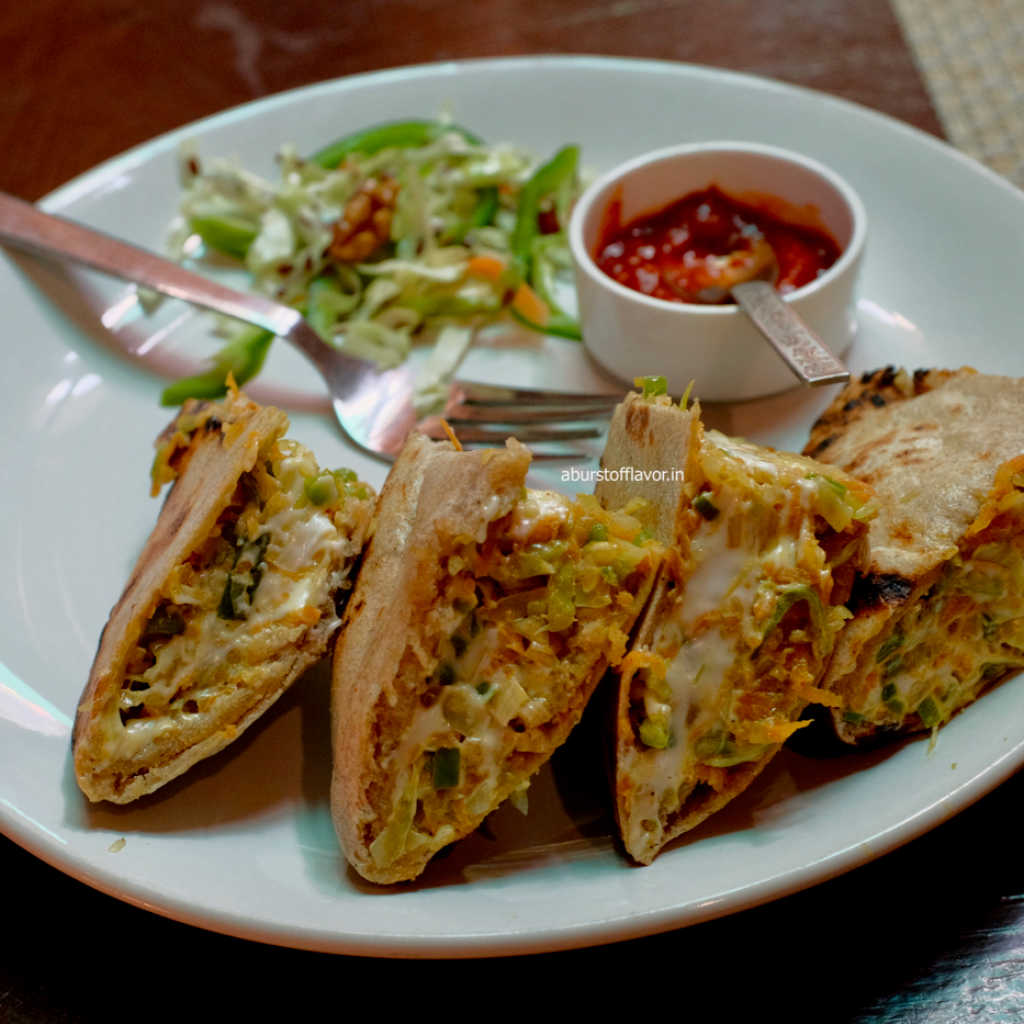Mangyu Monastery is believed to be one of the oldest monastic establishments in Ladakh, attributed to the period of the great translator Rinchen Zangpo. Built during the second diffusion of Buddhism in the region, it holds immense historical value as a site of cultural transmission between Kashmir, Central Asia, and Tibet. The monastery is renowned for preserving some of the finest early medieval Buddhist murals and clay statues, reflecting the unique Indo-Tibetan artistic synthesis of that era. For centuries, Mangyu has served as a spiritual center for the local community and continues to host small-scale festivals and rituals.
architecture
- Built using traditional stone and mud construction techniques
- Features two main temples (Sakyamuni Temple and Vairocana Temple)
- Houses giant clay statues of Maitreya, Avalokiteshvara, and other Bodhisattvas
- Intricate wood carvings and sacred mandala designs
- Remarkable murals in Kashmiri style, showing deep iconographic symbolism
- Prayer halls with antique thangkas, ancient scriptures, and offering altars
